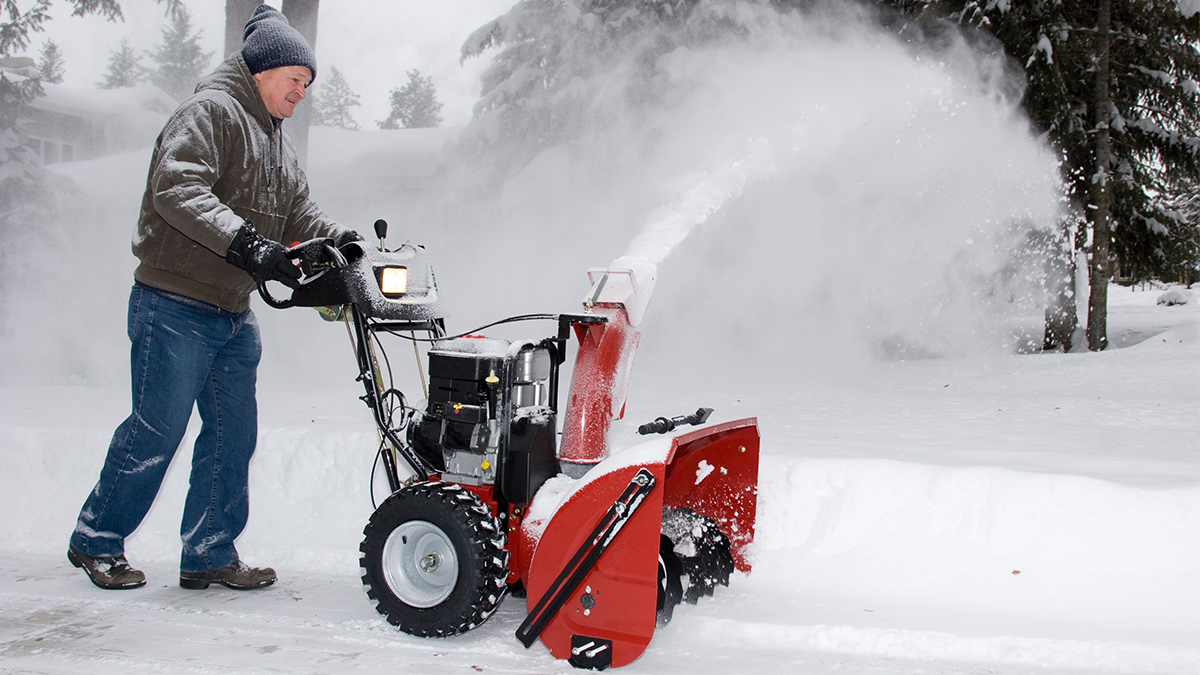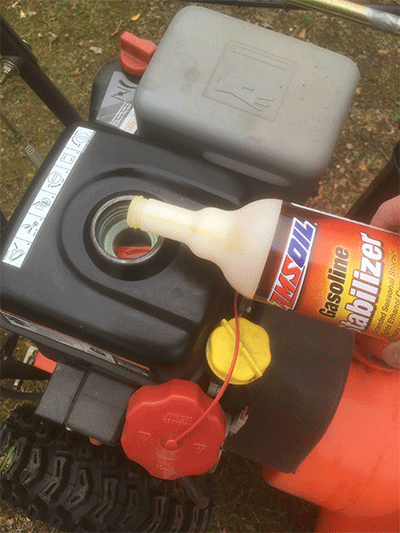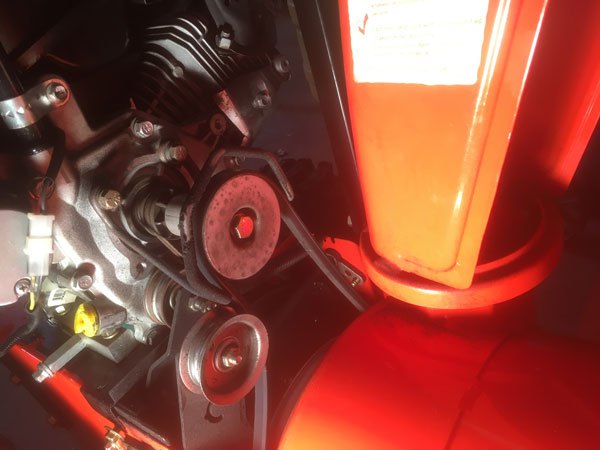What’s the Best Oil for My Snowblower? Using a high-quality, purpose-built oil can provide extra protection for your snowblower’s engine. _by Brad Nelson|November 10, 2023 When a snowstorm hits, you need your snowblower to fire up and help you get the job done. But snowblower engines face unique challenges that can reduce their dependability, horsepower […]
You are browsing archives for
Tag: snowblower
5W-30 Viscosity Joins Synthetic Small-En...
For your Winter Tools – Snowblowers – New 5W30 Small Engine Oil. Just ask for the White Cap Snowblower Oil!! Available Oct. 1, new Commercial Grade 5W-30 Synthetic Small-Engine Oil (AES) rounds out the synthetic small-engine oil family. It’s recommended primarily for snowblowers and generators, bringing the excellent benefits of AMSOIL Synthetic 5W-30 Small Engine […]
How to Store a Snowblower
How to Store your Snowblower properly. Prevent damage during summer season. John Baker|Apr 06, 2020 2:12 PM Storing a snowblower properly is vital to ensuring it fires up when the snow eventually returns. When the first storm of the season dumps eight inches of snow on your driveway, you don’t want to be messing around […]
Steps To Maintain Your Snowblower – Thin
Never Overlook This When Maintaining Your Snowblower John Baker|Nov 06, 2018 10:01 AM Thanksgiving day, 2016. While my family was gathered in my dining room, imbibing spirits and making merry, I was in the shed disassembling the carburetor on my snowblower, reeking of petroleum as rivers of gasoline flowed under my jacket cuffs and saturated […]



